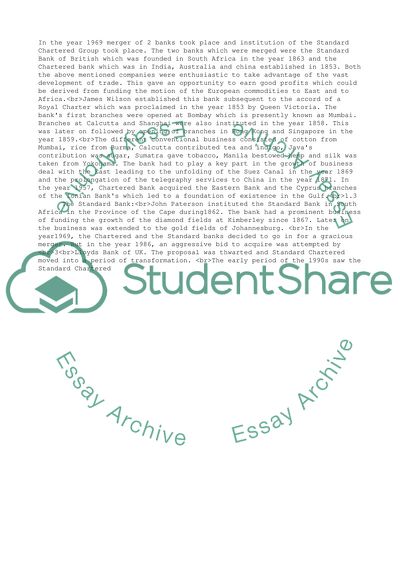Cite this document
(“Standard Chartered Bank Research Paper Example | Topics and Well Written Essays - 5000 words”, n.d.)
Retrieved from https://studentshare.org/business/1527531-standard-chartered-bank
Retrieved from https://studentshare.org/business/1527531-standard-chartered-bank
(Standard Chartered Bank Research Paper Example | Topics and Well Written Essays - 5000 Words)
https://studentshare.org/business/1527531-standard-chartered-bank.
https://studentshare.org/business/1527531-standard-chartered-bank.
“Standard Chartered Bank Research Paper Example | Topics and Well Written Essays - 5000 Words”, n.d. https://studentshare.org/business/1527531-standard-chartered-bank.


